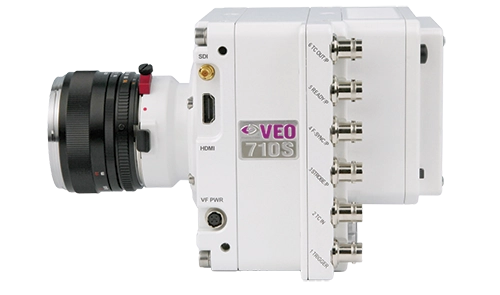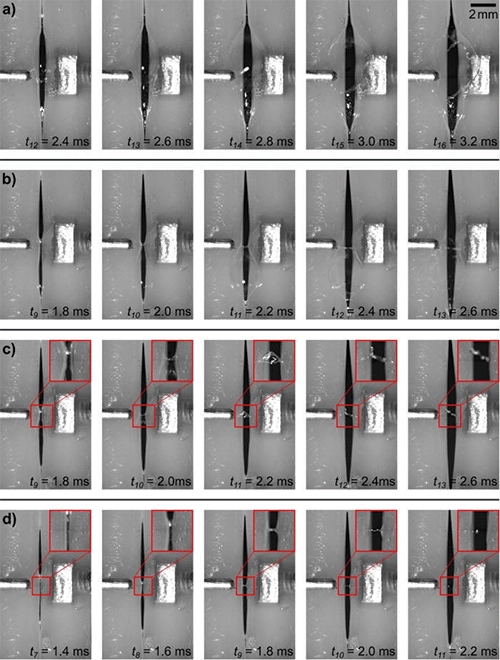Understanding Aerosol Generation in the Upper Respiratory Tract
Introduction
The COVID-19 pandemic has highlighted the critical importance of understanding airborne transmission of viruses. A research team from the Technical University Bergakademie Freiberg (TUBAF) in Saxony, Germany, embarked on a groundbreaking study to investigate how virus-containing aerosol particles form in the upper airways, particularly in the nose and throat. This research is crucial for developing better strategies to prevent the spread of airborne diseases.
The Experimental Setup
TUBAF researchers, led by Katrin Bauer, constructed a sophisticated model of the human vocal folds using silicone cylinders. These cylinders simulated the vocal folds’ movement and were connected to a model trachea through which humidified air was passed at various flow rates. The model replicated the conditions of talking, which is known to generate virus-laden respiratory droplets.
To capture the formation of these droplets, the team utilized a Phantom VEO 710 high-speed camera, capable of recording at 5,000 frames per second. This setup allowed them to observe the atomization process in detail, providing valuable insights into how respiratory liquids break up into aerosol droplets.


Observations and Mechanisms
The high-speed camera footage revealed several mechanisms of droplet formation:
- Breakup of Large Double Bubbles: Large connected bubbles spanning the glottal region burst into smaller droplets.
- Breakup of Small Bubbles: Smaller bubbles connected in the glottal region burst into fine droplets.
- Jetting: The surfaces of a thick liquid bridge between the vocal folds accelerate toward each other, creating larger droplets upon bursting.
- Filament Breakup: A thin liquid bridge stretches and breaks, also producing larger droplets.
These observations challenge previous assumptions that filament breakup was the dominant mechanism of aerosol generation during talking. Instead, the breakup of large, thin bubbles was found to play a more significant role.
Implications and Future Research
The findings of this study have significant implications for understanding the transmission of airborne viruses like COVID-19. By predicting particle sizes based on bubble sizes and airflow conditions, this research can inform public health strategies and the design of protective measures.
Further research is needed to explore these mechanisms in more detail and under different physiological conditions. The advanced imaging capabilities of the Phantom VEO 710 camera will continue to be an invaluable tool in these efforts.
Conclusion
This study by the TUBAF team represents a major step forward in understanding how respiratory droplets form and how they contribute to the airborne transmission of viruses. By leveraging high-speed imaging technology, researchers can now visualize and analyze these processes with unprecedented clarity, paving the way for better prevention and control of infectious diseases.
